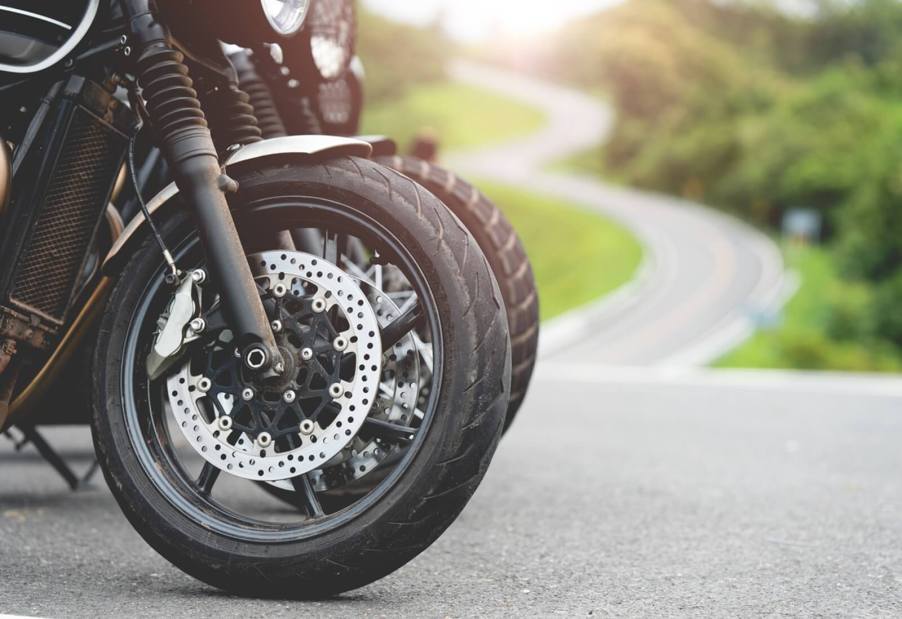
Lane Sharing: Is it Legal for Motorcycles To Ride Next To Each Other?
If you’ve watched “Chips” or “Easy Rider,” you’ve seen two motorcycles and their riders cruising American highways next to each other. However, more often than not, motorcycles riding together will stagger up rather than ride next to one another. So, is it legal for motorcycles to ride next to each other? Or is lane sharing a gray area?
Lane sharing is a gray area for riders on their personal motorcycles, but it’s best left to trained motorcycle cops
If you ride motorcycles or observe riders long enough, you’ll likely notice some things. For instance, many patched riders on their Harley-Davidsons and Indians will ride in a tight, staggered formation. However, motorcycle–bound law-enforcement officers often ride on the highway right next to each other. More often than not, the practice of “lane sharing” is limited to bikes stacking up at a stop, like a red light or traffic jam.
However, sometimes riders will cruise highways alongside each other. In theory, lane sharing helps riders stay visible. I don’t have to tell you that a visible motorcyclist multiplies their overall safety on busy roadways. Still, while important, visibility isn’t everything for motorcyclists. As such, it’s a bit of a legal gray area.

For instance, depending on the state, a police officer may pull a set of riders over citing laws prohibiting two vehicles from occupying the same part of a lane. In fact, lane sharing of any kind will net you a ticket in 34 of the 50 U.S. states, per The Advocates. Texas, for instance, takes a more defined and hard-line stance on lane sharing, splitting, and filtering. The Lone Star State outlawed the practices with HB-4122 in the Fall of 2023.
Still, whether your state forbids types of lane sharing or just doesn’t expressly outlaw them, lane sharing between two motorcycles isn’t safe. Sure, it allows bikes to ride socially and avoid excess oil and fluids left behind in the center of the lane by cars and trucks. However, unless both riders are in constant communication, an unforeseen obstacle could cause riders to hit an obstacle in an emergency situation or collide.





